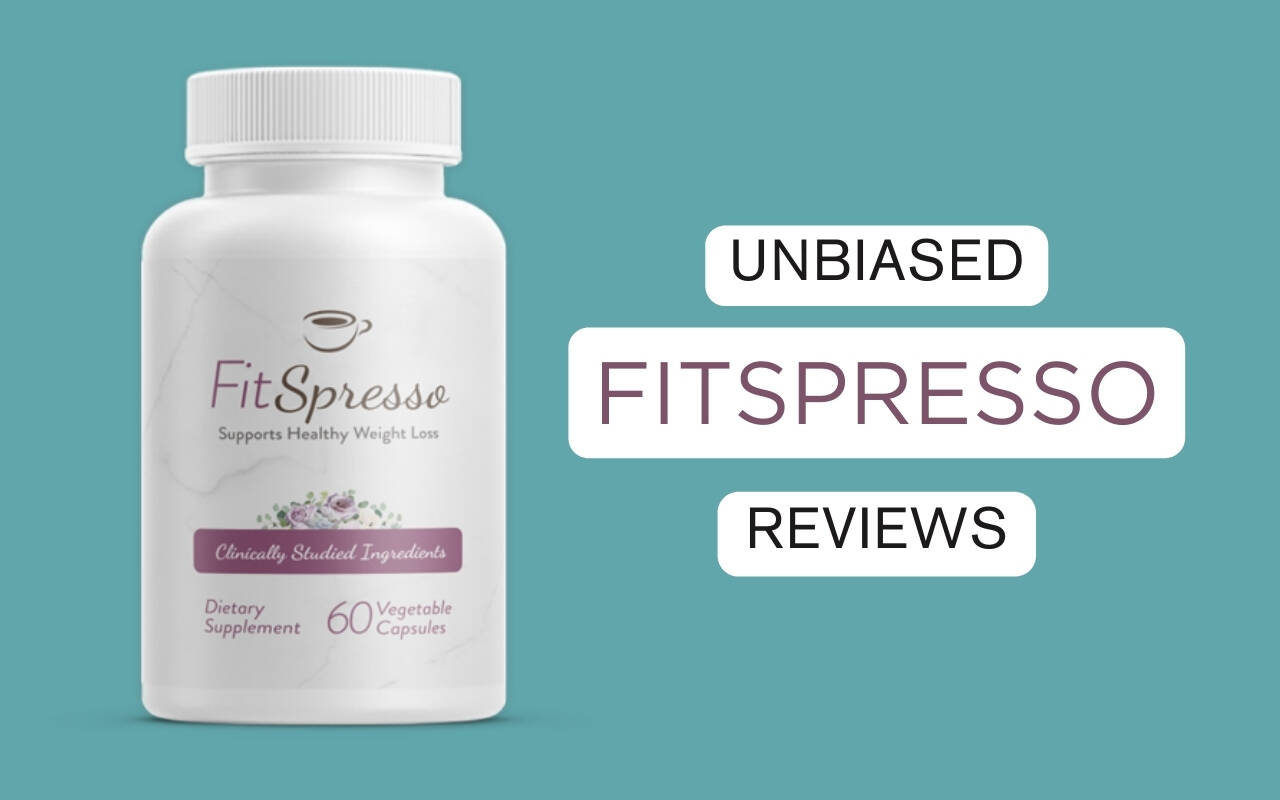Massage therapy has been practiced for thousands of years across various cultures as a natural way to promote relaxation, relieve pain, and improve overall well-being. Whether you visit a professional massage therapist or practice self-massage at 토닥이, the benefits of massage are wide-ranging and backed by both tradition and modern science.
What Is Massage?
Massage involves the manipulation of soft tissues in the body — muscles, tendons, ligaments, and skin — using hands, fingers, elbows, or special tools. The goal is to stimulate circulation, reduce muscle tension, and encourage the body’s natural healing processes.
Types of Massage Techniques
There are many types of massage, each with unique methods and benefits:
- Swedish Massage: A gentle, relaxing massage using long strokes and kneading, ideal for stress relief and improving circulation.
- Deep Tissue Massage: Focuses on deeper layers of muscle and connective tissue, often used to treat chronic pain or injury.
- Sports Massage: Designed for athletes, this targets specific muscle groups to prevent injuries and improve performance.
- Trigger Point Therapy: Applies pressure to specific points that cause pain or tension elsewhere in the body.
- Shiatsu: A Japanese technique involving finger pressure on acupuncture points to balance energy flow.
Benefits of Massage
Massage offers numerous physical and mental health benefits:
- Reduces Stress and Anxiety: By lowering cortisol levels and increasing serotonin and dopamine, massage promotes relaxation and mood improvement.
- Relieves Muscle Pain and Tension: Massage helps loosen tight muscles, reduce spasms, and improve flexibility.
- Improves Circulation: Enhanced blood flow brings oxygen and nutrients to tissues and helps remove waste products.
- Boosts Immune Function: Regular massage can increase lymph flow, supporting the body’s ability to fight infections.
- Enhances Sleep Quality: Relaxation induced by massage can help people fall asleep faster and enjoy deeper rest.
- Supports Rehabilitation: Massage can accelerate recovery from injuries by improving tissue healing and reducing scar tissue.
When to Consider Massage Therapy
Massage is a helpful complementary therapy for many conditions including:
- Chronic back, neck, or joint pain
- Headaches and migraines
- Stress-related disorders such as anxiety and depression
- Post-surgery recovery
- Sports injuries and muscle strains
Tips for a Successful Massage Experience
- Communicate your preferences and any health issues with your massage therapist.
- Drink plenty of water before and after your session to flush out toxins.
- Choose a licensed and experienced professional.
- Consider regular sessions for ongoing health benefits.
Conclusion
Massage is more than just a luxury — it is a powerful tool for maintaining physical health and emotional balance. Whether you seek relief from pain, want to reduce stress, or simply want to feel pampered, incorporating massage into your routine can lead to a healthier, happier life.
